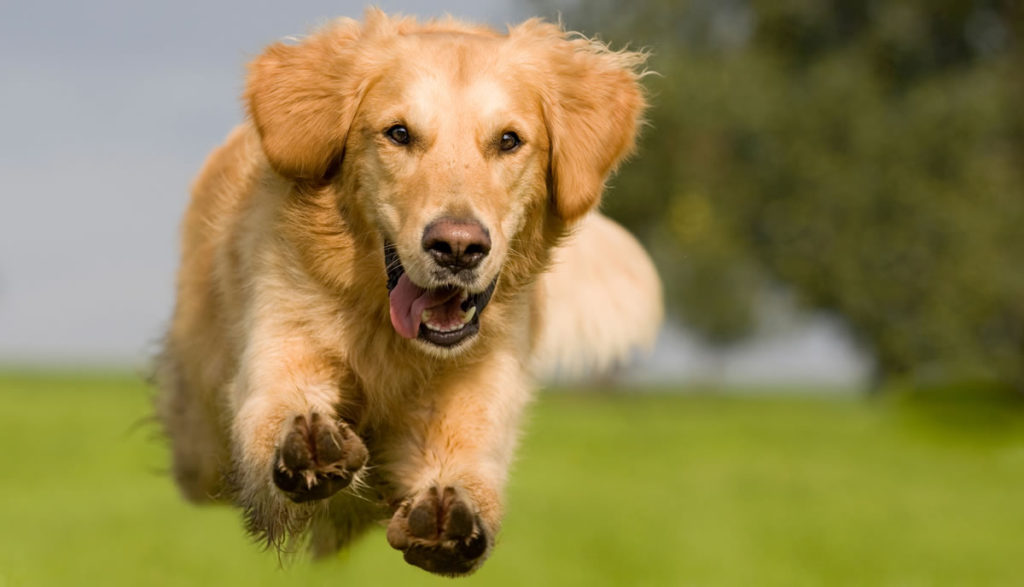Top Tips for Rewarding Your Dog during Training

If you’ve been lucky enough to welcome a new pup into your home, whilst the joys are certainly endless, you’ll have quickly realised there’s a good deal of work to be done to help your dog become happy, social, and well adjusted.
With Love Your Pet Day this Sunday, February 20th, it’s the perfect time to study up on how to best train your beloved four-legged family member. Luckily, the in-house talent at Butternut Box, creators of fresh dog food, have some tips for you. Ciara Clarke, in-house Vet, and Jodie Guildharry, Animal Training Instructor, come together to create the ultimate guide on how to train your pup to become a social superstar.
1. Reward the Behaviour you want & Ignore the Behaviour you don’t
Research has shown that dogs respond much better to reward over correction[1]. Every time you reward your dog, you’re telling them they’ve done something you like. By consistently rewarding what you want, you’re reinforcing this behaviour and increasing the chances of it being repeated.
Conversely, by ignoring behaviours you don’t want or asking your dog for an alternative behaviour, you are reducing the chances of the behaviour being repeated.
2. Timing is Key
Since you need to teach your dog what you’re asking from them, rewards are used as signals to tell them they’ve done a good job. It’s really important that the reward is delivered as soon as the behaviour has been displayed so that your dog knows what they are being praised for. In order to buy yourself a bit more time, you can look into clicker training your dog. This is where your dog learns to associate the sound of the clicker with the knowledge that a reward is coming.
3. Cater Rewards to Your Dog
Dogs, much like humans, are individuals with different tastes and preferences; something one dog loves, the next dog might not be so keen on. Rewards are no different, as each dog will respond in different ways to different rewards.
Dog treats are often the most popular choice for rewards. Butternut Box has a great range of Naturally tasty treats designed to be high-value rewards. However, if your dog doesn’t respond as well to treats, playing a game or showing affection can also serve as a reward for good behaviour. By trying out different rewards, you will soon find what your dog responds best to.
4. Start Small, and Build
Always start training your dog somewhere with no distractions such as at home. As they start to master each behaviour, you can up the ante by slowly increasing the distraction level. Once your dog can consistently repeat a requested behaviour in all rooms of your house and in the garden, you can progress onto the park starting at quiet times. Once your dog is nailing it every time, you’re ready to try it out with other dogs around. Never be afraid to go back a step if your dog isn’t understanding what’s being asked.
5. Adapt Overtime
When starting out, it’s best to reward your dog for any small step towards the finished behaviour. For example, when teaching your dog to come back to you, you may start by rewarding your dog for just orienting their head in your direction. However, as your dog gets more proficient, you’ll be waiting to reward at the end of the complete behaviour.
When you’re teaching in this way, you can get through a lot of food rewards, so remember to calculate them into your dog’s daily calorie intake.
So, if you’re embarking on your first puppy journey, or looking to perfect your dog training credentials, there are plenty of ways to make sure your rewards are as effective as possible, helping to create a happy, socially adjusted, furry friend.




